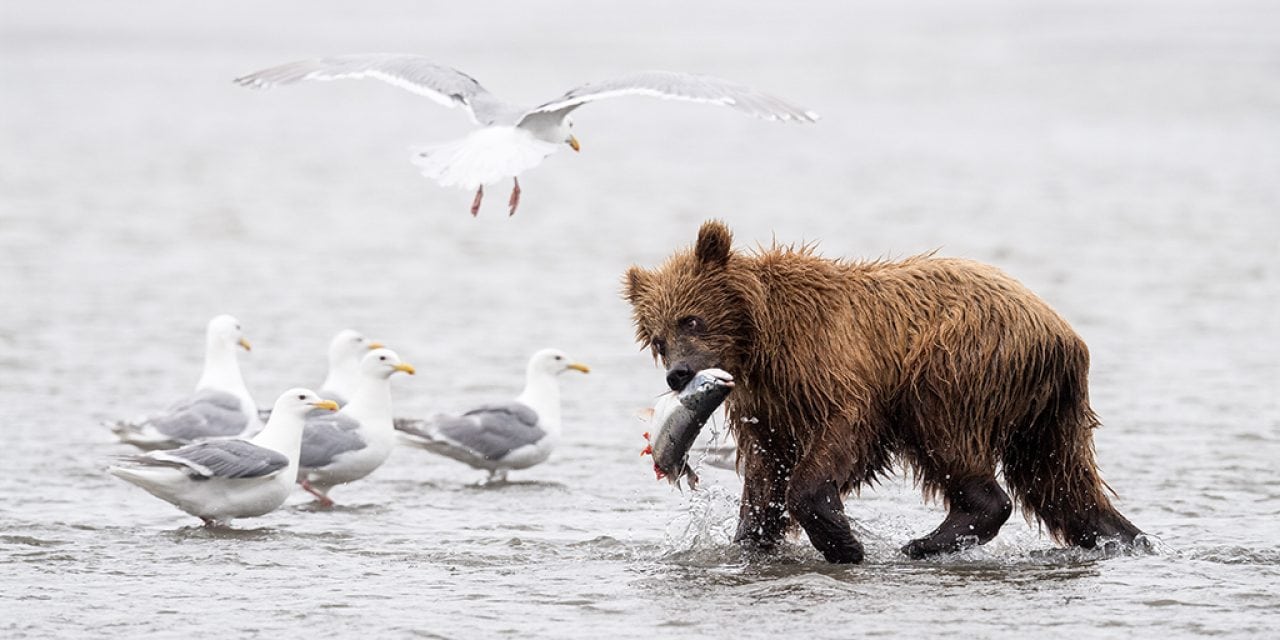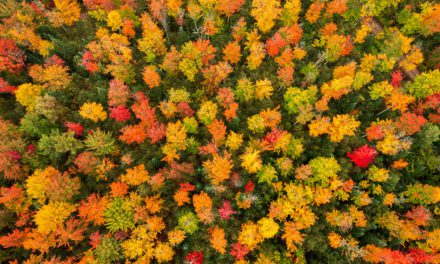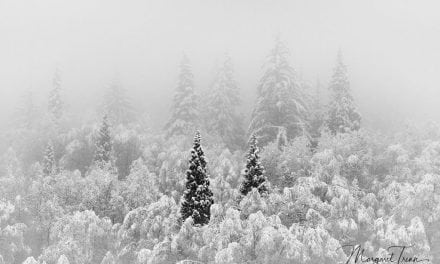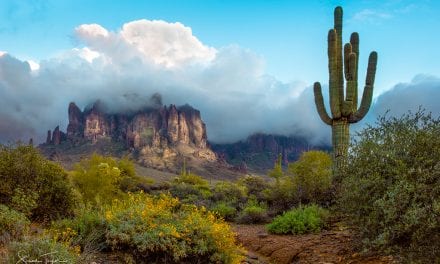
Brown bears are grizzly bears that live along the coast. In the United States, there are roughly 32,000 brown bears, with 95 percent of those in Alaska. The brown bears of Cook Inlet are larger than the average grizzly due to their rich diet and weigh between 800 and 1,200 pounds. Food is plentiful in Cook Inlet from early spring until fall, including clams that are available all year along the beach, but the real action starts with the salmon run in mid to late July. From this point on, brown bears need to eat around 90 pounds of salmon a day to build up fat reserves for winter hibernation.
During the summer of 2017, I was lucky enough to join Summit Workshops and an amazing group of photographers in Lake Clark National Park and Preserve, Alaska, to view and photograph brown bears in their natural environment during the annual salmon run in Cook Inlet. Our five days at the Silver Salmon Creek Lodge were an experience that may never be topped—where else can you see a family of brown bears meander through your camp one minute and hunt down a salmon to feast upon at the beach in the next?
Bear viewing at Lake Clark National Park and Preserve is exceptional. These bears are protected, having never been hunted, and have become accustomed to people during the high season. Although we were extremely careful not to disturb or threaten the bears, many of whom had cubs, we were close enough to capture amazing images.
With a knowledgeable guide, we headed to the beach on ATVs each morning to look for bears that might be fishing. The fishing behavior of a brown bear is an unforgettable sight. In ankle-deep water, they rely on sight, scent and sound to outrun the salmon. Generally, they catch a scent, stand up on their rear legs to see if the salmon will expose itself and, once spotted, take off for a quick chase that hopefully results in a catch. There’s no way to fully plan for a photo like this; we could only prepare by having our cameras ready on tripods and a fast shutter speed set for when the action started.
The mother of the cub in this photo was on a catching spree that morning, and her cubs stood by waiting for the moment when they could grab a piece of the action. When this cub was allowed, she excitedly grabbed the fish and took off running. She ran around the beach as if she was showing off a prize when suddenly a flock of seagulls swooped in and attempted to grab a scrap or two. This interaction resulted in roughly 300 images because once the excitement started, I couldn’t stop clicking the shutter. It wasn’t until I was on the airplane headed back to reality that I found this keeper. This shot was a combination of patience, precise timing and a fast shutter.
See more of Amy Ames’ work at amyamesphotography.com and on Instagram at @amyamesphotography.
Nikon D5, Nikon AF-S NIKKOR 500mm f/4E FL ED VR. Exposure: 1/1250 sec., ƒ/6.3, ISO 1000.
The post Fresh Catch appeared first on Outdoor Photographer.
















